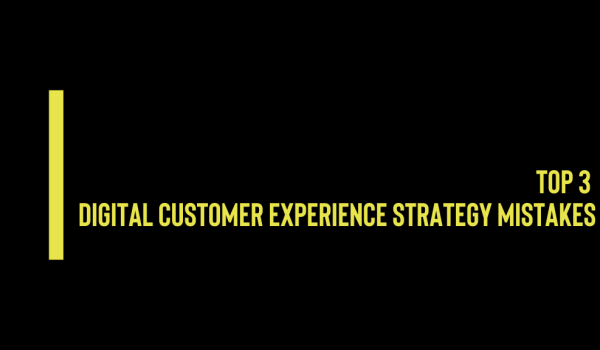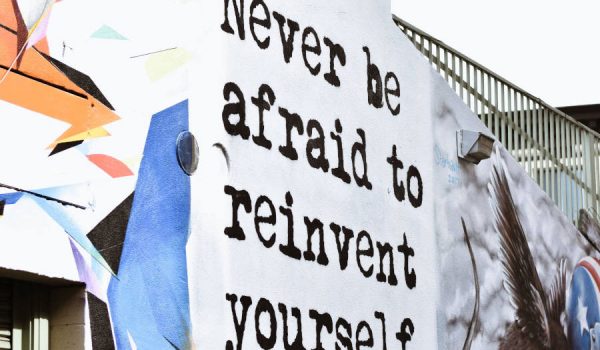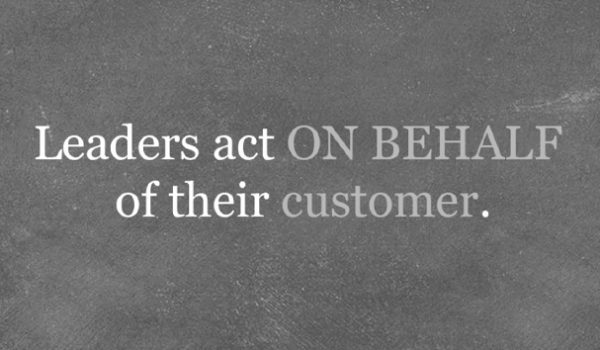
The Great Re-onboading: How to Bring Back Your Employees
Re-onboarding is the next employee experience organizations need to tackle. Since March 2020, leaders have encountered pandemic shutdowns, remote workforce transitions, and the Great Resignation.
As restrictions lift and we move toward more predictable office scenarios, the new management priority should be to navigate the Great Re-Onboarding. Start by identifying what employees are coming back who were with the organization prior to the pandemic. Then, sit with them and ask them what they need and how you can leverage the new in-office experience (including how to reduce the number of meetings happening every day).
Return to Office Challenges At-a-Glance
To keep employees from jumping ship, organizations are trying everything from in-office bars to bring-your-dog-to-work policies. They are touting relaxed dress codes and flexible hours. But perks alone do not magically keep employees engaged. Or in the office. Many employers are shocked to find the loyalty they extended to employees during the toughest times does not come back to them when conditions normalize.
Even as individuals are heading back to movie theaters, restaurants, and airports, return to the office continues to lag. The most recent data from Kastle Systems, based on keycard swipe analysis, shows office occupancy remains under 50 percent in buildings across the US.
More importantly, employees and leaders who left offices in March 2020 are not the same as those who are returning. To guide a smooth transition, the first step is to recognize that we have all changed. The next is to invest in employees. Plan and execute programs that recognize, motivate, and elevate employees and leaders in our new landscape.
Who Are You Re-Onboarding?
When we talk about re-onboarding, we focus on team members who worked for your organization prior to the pandemic. This is a different group of employees and leaders than new hires. Within the group of individuals returning to the office, whether five-days onsite, or hybrid, plan to re-onboard employees across positions and divisions. And design their journeys intentionally.
Remember, employees have different communication, flexibility, and compensation needs. And an evolving set of motivations that keep them coming back to work and performing their best.
It is not enough to pick up where you left off with an occasional cake in the breakroom or birthday greeting email. That disregards the core ways employees changed over the last two years. Your employees no longer have the same relationships to family, community, and themselves. Certainly, their relationship to their work has also changed!
That said, returning employees are your greatest asset. And your biggest liability. They are the conduits that connect what you were pre-pandemic to what you are now. So, listen to them. Let them help guide the re-onboarding transition. Set up Veteran Employee Committees. Then, lean into their expertise. Employees that have been with you for the long haul can point out missed opportunities and hard-won lessons from the past. Further, they have a genuine idea of what they need from leadership to succeed through the re-onboarding evolution. Tap into this invaluable resource!
If you do not, your veteran employees can become the naysayers who make everyone unhappy because they are unhappy. During re-onboarding, even one naysayer can have a powerful ripple effect. Talk to your returning employees. Engage with them. Stand up and support committees that reinvigorate the culture and shape the company your employees want to work for.
Fundamentals of Re-onboarding: Shift Behaviors
It is time to re-learn office social behaviors, and shed work-from-home habits. The trick is to make that feel like progress, not regression. We are not ignoring the lessons learned over the last few years. Equally, we are not throwing away the opportunity to foster connections and engage in creative collaboration in the office environment.
Fundamentally, the basics of getting things done changed. Consider something as simple (and essential) as calendaring. How do you schedule an in-person team meeting in our “new normal?” Not the way you did pre-pandemic. All the tools and expectations have changed. But your employees still need to schedule those meetings. As an organization, you run the risk of losing utility if employees cannot schedule meetings easily. In the absence of old tools, and the structures that supported them, employees are set up for frustration.
Another layer of frustration to consider: re-onboarding is not an HR responsibility. It is a management responsibility. So, how will you support your managers to develop the right tools, communicate with employees and colleagues, and resolve conflicts? Gone is the 6pm drive-by, along with many of the other social norms we counted on for communication and conflict resolution.
As a leader, the first thing to recognize is that you do not have to resolve these issues alone. Generations of executives and employees shaped the norms that defined office communication and employee engagement. It is impossible for an individual leader, or organization, to reengineer them in a matter of weeks or months. So, reach out to peers in and out of your industry. Talk about what is working. And what is not. Then, co-create solutions to bring back to your offices.
Acknowledge Employee Interests and Evolution
The pandemic taught us that people want to be heard. They want to cultivate interests outside of a 9-to-5 existence. And they want to share stories. This is the perfect opportunity to build more meaningful connections to employees and culture.
Make events part of your re-onboarding experience. Not as one-offs, but as sustained initiatives. Introduce a Monthly Lecture Series. Source topics and speakers by establishing an employee Planning Committee to offer suggestions and poll colleagues. Reach out to charitable and local community-based organizations to connect with and support.
Start an Employee Book Club. These are low-stakes ways to connect employees to each other and celebrate their interests. Host these events in-person, virtually, and as hybrids so you can engage with all your employees. Even those who are hesitant to come back to the office due to health and safety concerns. And those who need to flex their social muscles before jumping back in the fray.
Reignite Passion for the Work
Rebuilding social connections, particularly in low pressure settings like these, paves the way for employees to regain confidence in social skills they have neglected over the past two years.
In short, issuing a handbook on how to behave at work does not rebuild the skills and confidence your employees need. Nor does it foster the loyalty and connection leadership needs.
However, reigniting interest in the work, and the people with whom you work, does. And, it has an added benefit. It encourages employees to participate in, contribute to, and connect with your culture in ways that matter to them.
Design the Re-onboarding Journey with Intention
In a previous article, we discussed how to create an Onboarding Schedule for new hires to combat return to office resistance. Don’t stop there. Remember, your returning employees are a critical asset. Create a defined Re-Onboarding Journey for them.
To do this, think about re-onboarding in the context of change management. Give your employees time to work through new processes and acclimate to new tools. Plan for cycles in the first year, to five years. Shift expectations, and work together to create sustainable change.
Re-onboarding is a kind of evolution. The most important part of this evolution is that your employees help to shape and sustain it. As the leader, you create the environment in which they can confidently co-create those changes.
Remember, increased autonomy was part of the appeal of the work from home era. Within the Re-Onboarding Journey, offer employees regular opportunities to share ideas about work they do and the most effective ways to do it. Let them guide you – and their colleagues. And incorporate their lessons into the environment you build.
Foster communication and connection across your Re-Onboarding Journey. Host in-person meetings, small group sessions, and lunches. Each of these helps employees reacclimate, reconnect, learn from, and teach each other. Remember, as a leader, it is your responsibility to get this on the calendar. And to manage a culture that makes these encounters impactful.
Leaders, Step Up
Employees are not the only members of our organizational teams that require re-onboarding. Remember leadership as you design customized re-onboarding experiences. Think about how organizational priorities have shifted. And how you can use culture as an anchor to bring often burned-out leadership teams back to positions of strength.
The past two years have been tough on leaders. That is an understatement. But now is not the time to give up. It is the time to step up. Lead the way. Come into the office as much as you can. Connect with your employees online and offline. If you want your teams to embrace your organizational culture, you must embrace it, too. As we always say, culture starts at the top.
Take our advice and think about your company, no matter what sector you work in, as part event planning company. With that in mind, recapture your employees’ interest and engagement.
This ever changing “new normal” is an opportunity to grow as an organization. And as individuals. We have learned so much about our capacity for agility and empathy. Now, let’s put that learning into practice. Reclaim your teams and rebuild your community for the new future of work ecosystem.
A good leader knows you can’t do everything alone. Reach out for help building an organizational culture prime for the future of work. Or schedule a time to discuss Re-Onboarding Plans.

















































































